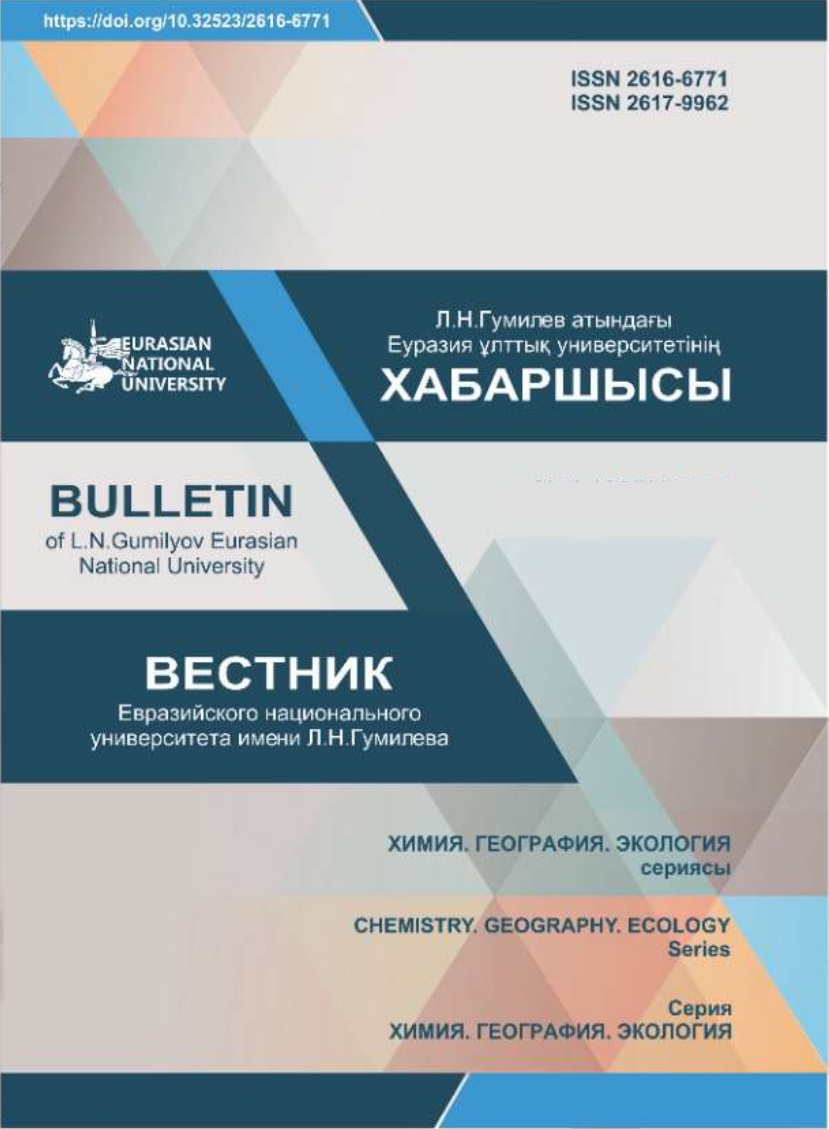Study of hemorheological activity of heterocyclic cytisine derivatives in an in vitro model of increased blood viscosity syndrome
Views: 159 / PDF downloads: 133
DOI:
https://doi.org/10.32523/2616-6771-2022-140-3-19-31Keywords:
alkaloid cytisin, hemorheological activity, incubation, blood hyperviscosity, in vitro.Abstract
The article provides the results of evaluating the hemorheological activity of heterocyclic cytisin derivatives in an in vitro model of increased blood viscosity syndrome. The in vitro blood viscosity syndrome was reproduced by blood incubation at 43,0° C for 60 minutes. As objects of research, a number of heterocyclic derivatives of the alkaloid cytisin, which has high biological activity, were taken. It has been found that incubation of blood under the above conditions leads to a significant increase in blood viscosity at different spindle rotation rates from 2 s-1 to 40 s-1, which indicates the formation of blood hyperviscosity. Among the 5 samples studied, 3 samples of 4- [(3,5-dimethyl-1,2-oxazol-4-yl) sulfonyl] cytisin, 4- [(3-methyl-5- {(4-chlorfe-nyl) ethenyl} -1,2-oxazol-4-yl) sulfonyl] cytisin, and 4- [(3-methyl-5- {(2-hydroxy-5) bromfe-nyl) ethenyl} -1,2-oxazol-4-yl) sulfonyl] cytisin showed the ability to reduce blood viscosity in an in vitro model of blood hyperviscosity.

